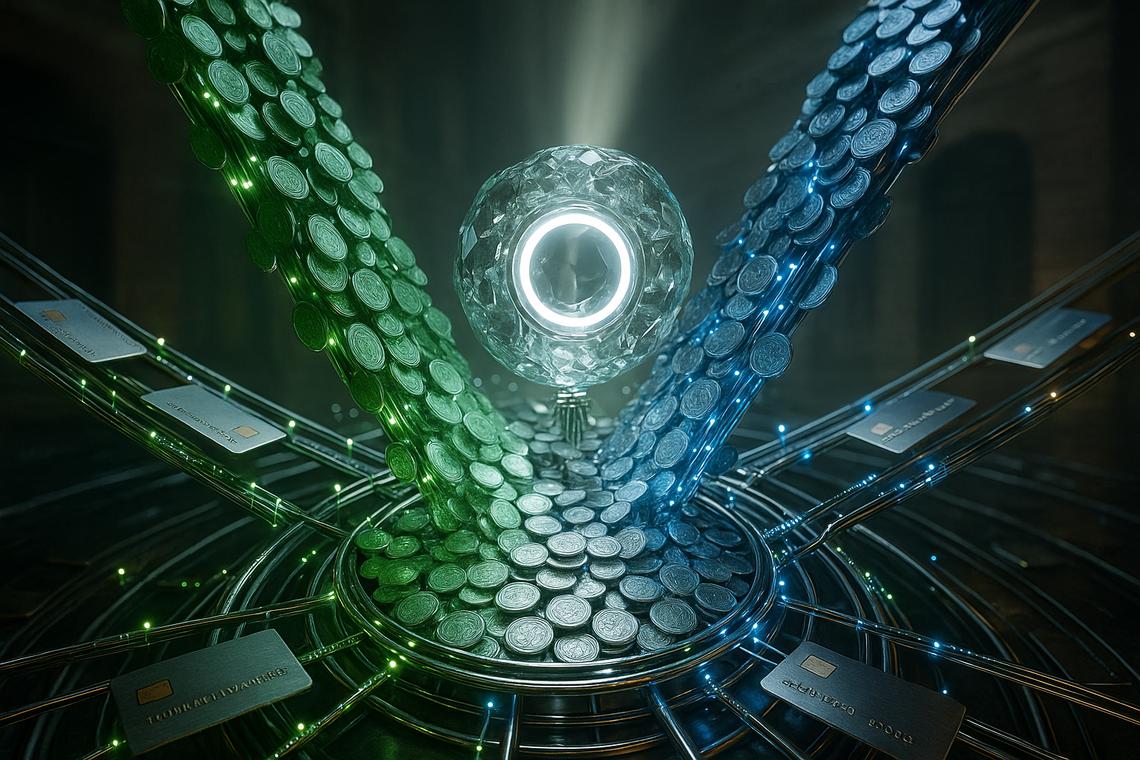Tesla (TSLA) Stock: Markets Wait on Nvidia Results as Optimus Plans Progress
TLDR
- Tesla stock dropped 0.8% to $405.79 in premarket trading on Tuesday as investors wait for Nvidia’s earnings report
- Nvidia is expected to report third-quarter sales of $54.8 billion, up from $35.1 billion a year ago, with guidance expected for $62.1 billion in Q4
- Tesla maintains a $1.2 trillion valuation despite a 6% decline in deliveries during the first nine months of 2025
- Elon Musk claims the Optimus humanoid robot could account for 80% of Tesla’s long-term value, with initial pricing targeted at $20,000-$30,000 per unit
- Experts remain skeptical about Optimus, citing challenges in agility, dexterity, and Tesla’s history of missed timelines
Tesla stock edged lower in Tuesday’s premarket session as traders held their breath ahead of Nvidia’s quarterly earnings. Shares fell 0.8% to $405.79 while broader market futures also declined.
Tesla, Inc., TSLA
The AI chip maker reports results Wednesday evening. Wall Street expects third-quarter sales of $54.8 billion, a jump from $35.1 billion last year.
For the fourth quarter, analysts are looking for $62.1 billion in revenue. The numbers matter for Tesla because both companies have become intertwined in the AI narrative.
Tesla’s average daily move has been about 3% over the past month. Six days saw swings of more than 4%.
Coming into Tuesday, the stock was up 1% year to date and 21% over the past 12 months. Nvidia shares dropped 0.7% to $185.27 in premarket trading.
Citi analyst Steven Zaccone noted that retailing stocks now represent just 6% of the Magnificent Seven’s value. That’s down from 14% in 2022, showing how much the market has shifted toward AI-focused companies.
The Optimus Factor
Tesla’s $1.2 trillion valuation looks odd on paper. Deliveries fell 6% in the first nine months of 2025.
Margins are tightening. Competition is heating up. The Cybertruck hasn’t met commercial expectations.
Yet the stock is up 6% this year. Markets are betting on Tesla’s “physical AI” strategy, which rests on three pillars: full self-driving, robotaxis, and the Optimus humanoid robot.
Musk says Optimus could represent 80% of Tesla’s long-term value. His $1 trillion compensation package is tied to major Optimus milestones.
The company is targeting initial pricing between $20,000 and $30,000 per unit. That’s far below Boston Dynamics’ Atlas robot, which costs over $100,000.
Tesla plans to produce several thousand units in 2025. The goal is 50,000 units in 2026.
The global workforce includes 3.7 billion people. Developed economies account for about 800 million workers. If Optimus captures even 1% of that market, the revenue potential runs into hundreds of billions.
Reality Check on Robotics
Demonstrations so far show Optimus walking, balancing, and lifting small objects in controlled settings. The robot executes pre-programmed movements but hasn’t proven itself in unpredictable real-world environments.
Boston Dynamics has spent decades perfecting motion and manipulation. It still hasn’t launched a commercial general-purpose humanoid.
Producing a million robots annually would require a new supply chain for actuators and sensors. Much of that infrastructure doesn’t exist yet.
China supplies critical rare earth magnets for actuators. Suppliers like Inovance Technology and Estun provide high-precision servo motors. Geopolitical tensions add risk to this dependence.
No company has proven market demand for general-purpose humanoids exists at scale. The assumption that businesses or households will buy them in large quantities remains untested.
Musk promised robotaxis by 2020 and Level 4 autonomy years ago. Both timelines slipped. Solar roof expansion stalled. Investors have reason to question whether Optimus will follow the same pattern.
Tesla stock was up 1% year to date and 21% over the past 12 months as of Tuesday morning trading. Nvidia’s earnings report Wednesday evening will likely set the direction for both stocks through year-end.
The post Tesla (TSLA) Stock: Markets Wait on Nvidia Results as Optimus Plans Progress appeared first on Blockonomi.
You May Also Like

Bitcoin mining company Bitfury launches $1 billion investment plan, focusing on companies in AI, quantum computing, and other fields.

VISA and Wirex launch on-chain payments in USDC and EURC on Stellar
